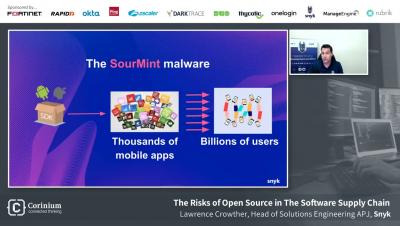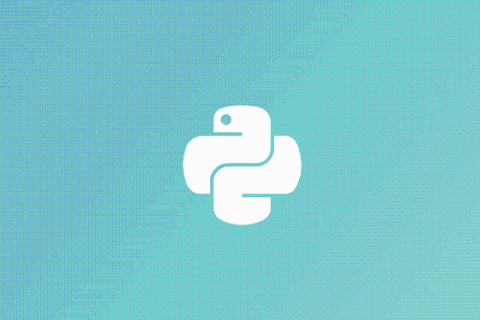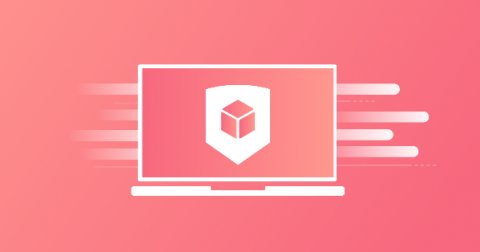Security | Threat Detection | Cyberattacks | DevSecOps | Compliance
Snyk
Python security best practices cheat sheet
In 2019, Snyk released its first Python cheat sheet. Since then, many aspects of Python security have changed. Using our learnings as a developer security company — as well as Python-specific best practices — we compiled this updated cheat sheet to make sure you keep your Python code secure. And before going any further, I need to give special thanks to Chibo and Daniel for their help with this cheat sheet!
Snyk Container registry security integrations extended to GitHub, GitLab, Nexus, DigitalOcean, and more
We’re excited to share that you can now use Snyk Container to scan container images stored in many more container registries. The latest additions include Github Container Registry, Nexus, DigitalOcean, GitLab Container Registry, and Google Artifact Registry.
Snyk Customer Story - Expel
Snyk Code CLI support now in public beta
Snyk is on the mission to make Static Application Security Testing (SAST) tools work for developers throughout the DevOps pipeline. Snyk Code scans in real time with high accuracy — and it does it right from the tools and workflows developers are already using. For example, the IDE plugins for IntelliJ, PyCharm, WebStorm, and Visual Studio Code make it easy to code, scan and fix even before code hits the version management.
DevSecOps Road Trip Germany stop - Sven Ruppert & Mathias Conradt
The Tokenised Auth
Introducing the new Snyk Docs Portal and Support Portal
We’re excited to announce two big updates to our Snyk User Content platform. You can now get better, quicker, clearer access to Snyk user documentation, allowing you to find the information you need, to get more and better use of your Snyk platform. This will help you implement, enable, and configure your Snyk integration, leading to a faster and smoother adoption and usage of Snyk at your company. Here are the enhancements to our User Content platform.










